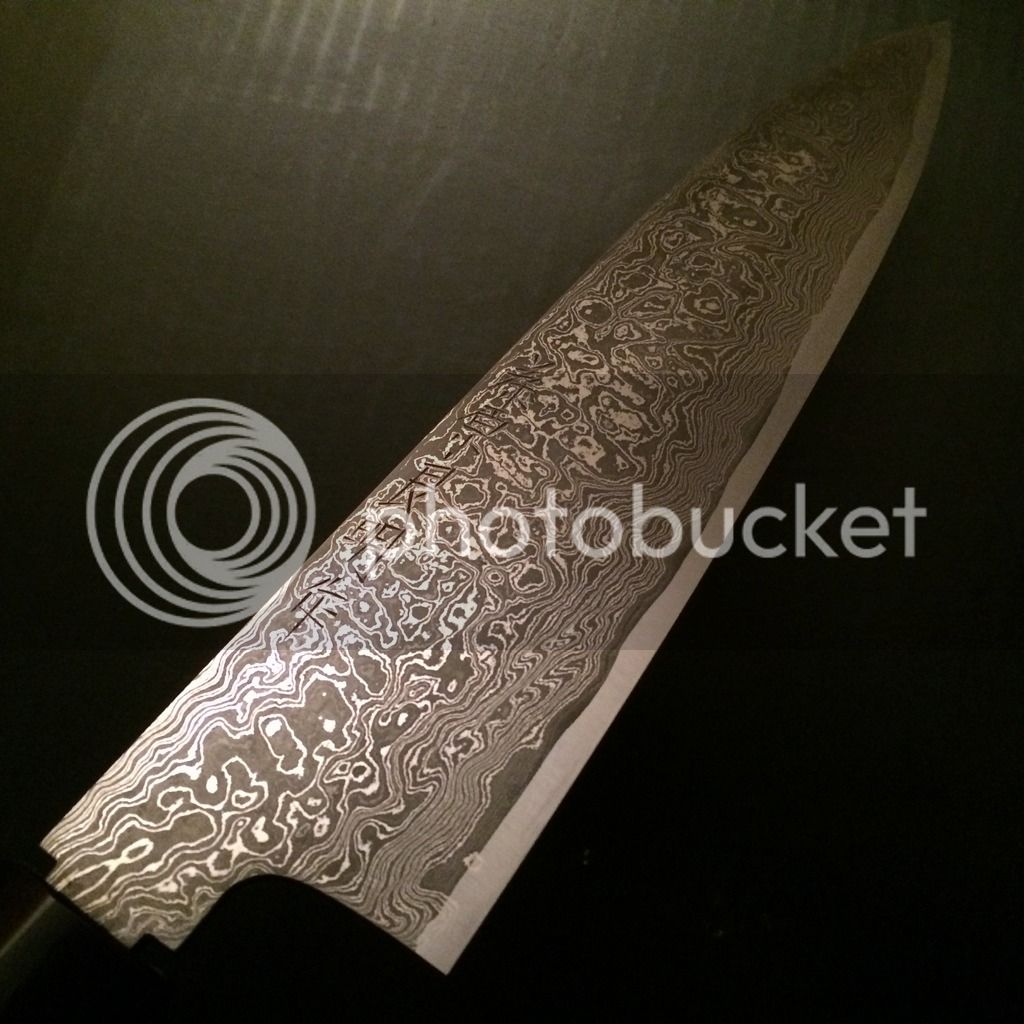- Joined
- Dec 15, 2011
- Messages
- 11,307
- Reaction score
- 7,694
Ive recieved some tips for using ferric chloride already and ive watched a few things on YouTube...just wanted to start a thread and see what new insight I could gather for using ferric chloride to reduce reactivity on some of my nasty iron clad carbon knives.





